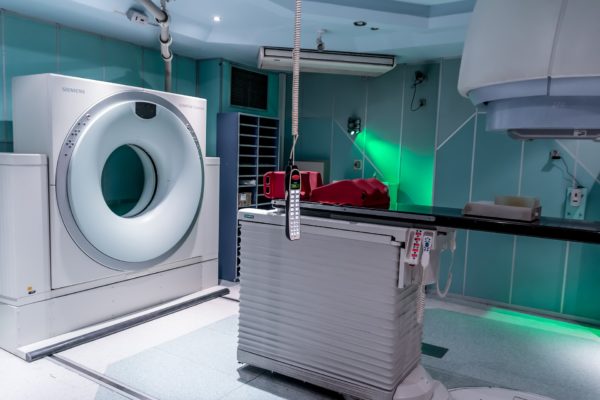What Lies Ahead for Quantum Dots in Clinical Applications?
The realms of nanobiotechnology are expanding rapidly with numerous exciting avenues of research currently yielding dividends. Advances in the use of quantum dots—sometimes abbreviated to QDs—have promoted enormous excitement as they have long been considered one of the leading candidates for next generation fluorescent imaging for in vitro and in vivo applications. They recently became a hot button issue as reports of a new patent for so-called quantum dot tattoos were widely circulated, detailing the proposed use of biocompatible QDs to imprint medical records dermally in individual patients. But these are mid-to-long term research initiatives that may or may not prove fruitful. There is a much more immediate avenue for quantum dots to significantly impact clinical applications.
Enhancing Medical Devices with Quantum Dots
Medical imaging is one of the pillars of modern healthcare and wellbeing. This paradigm allows clinicians to non-invasively extract data from various parts of the body, providing critical information for clinical analyses and medical interventions. The likes of clinical tomography (CT), magnetic resonance imaging (MRI), and X-ray analysis have revolutionised diagnoses and treatment for a wide range of conditions, however, most of these imaging techniques can suffer from degradation issues which can result in image deterioration.

Common degradation issues include low contrast, high noise, and blurring. Evidently, any flaw that inhibits image quality can affect detectability. For instance: low radiographic contrasts where adjacent regions have limited differences in density can lead to missed diagnoses. The solution here is to use image enhancement software that attempts to restore image quality through grey-level mapping, contrast stretching, or some other enhancement process. Medical applications subsequently require fine image detailing with optimised display contrast, brightness, and resolution.
Quantum dots could significantly enhance large, high-resolution, high-contrast medical device displays for both colour and monochrome applications. They have already excelled in consumer displays and are primed for critical settings with strict parameters for resolution; glare; noise; luminance response and uniformity; and viewing angles. Theoretically, using quantum dots in displays could enhance the usability of medical devices, enabling greater image restoration and more accurate visualisations of afflicted areas.
Interested in learning more? Read our article on Quantum Dot Formulations: From Electronics to Bio-Applications